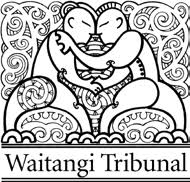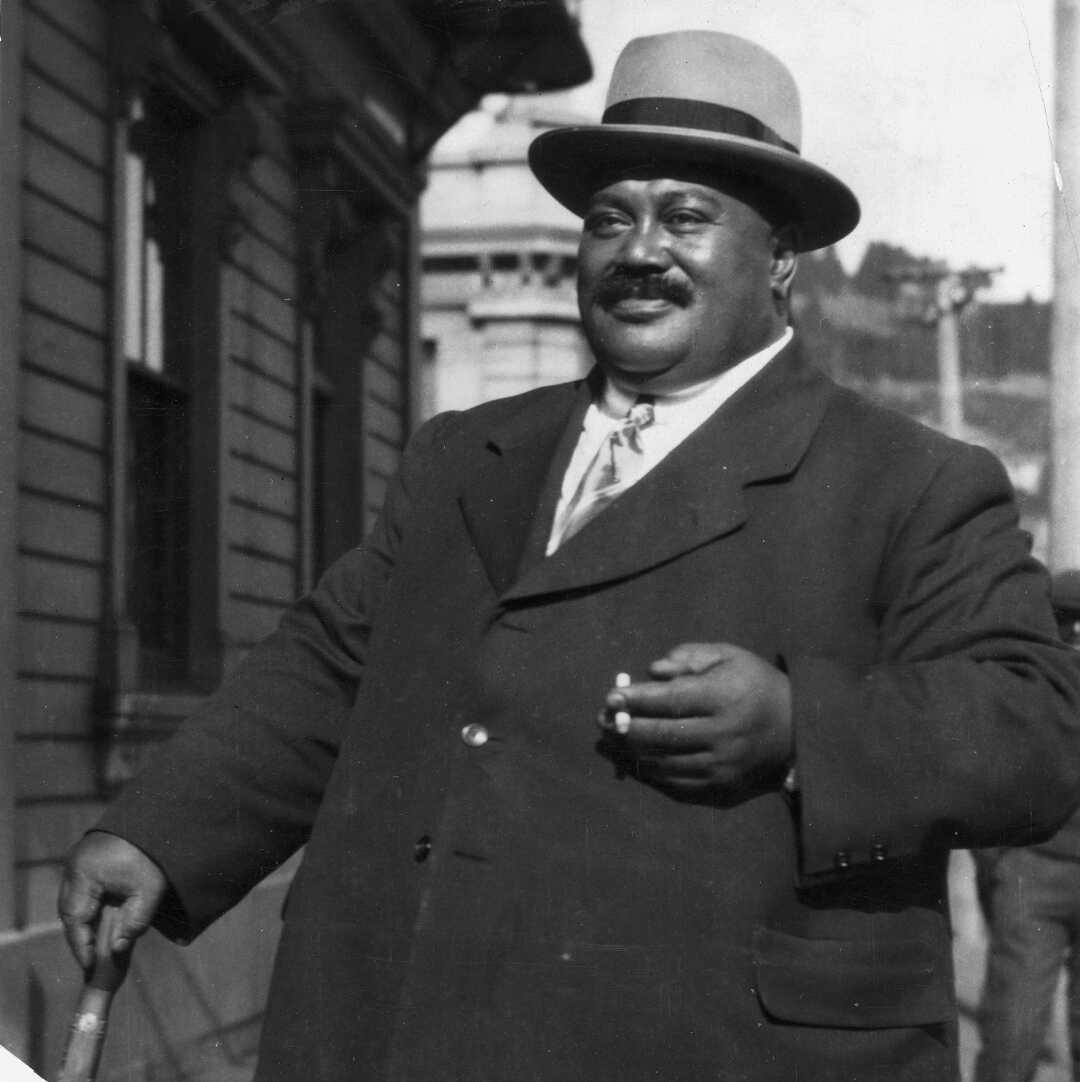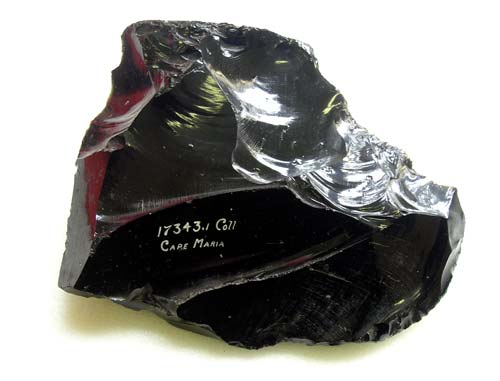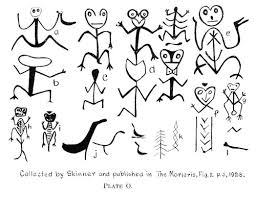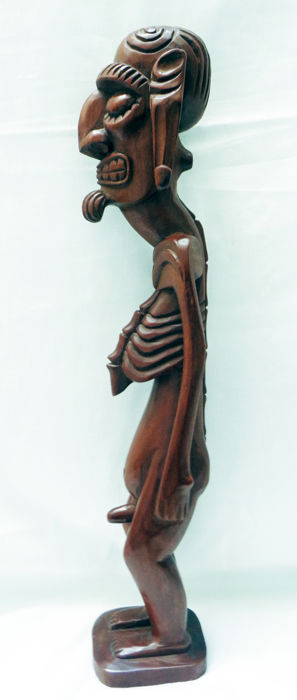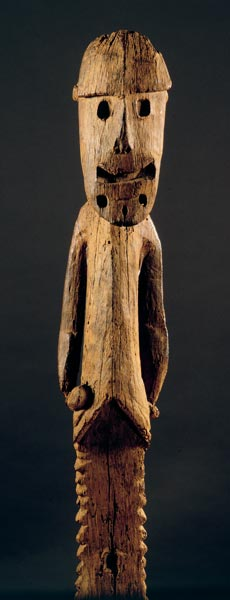1 @oiwoods is right. While redneck Pakeha cling to the myth of Moriori as a pre-Maori people, many liberal NZers have adopted, with the best intentions, the claim that Moriori are nothing but another Maori iwi. But this claim is false, & has its origins in racism. (thread) https://twitter.com/oiwoods/status/1296042255174602752
2 The claim that Moriori are Maori goes back to the 1990s, when the Waitangi Tribunal visited Rekohu & was told by Ngati Mutunga, who had invaded the island in 1835, that Moriori had been conquered & assimilated, & thus had no rights under the Treaty.
3 When they argued that Moriori no longer existed, Ngati Mutunga tapped into the old Pakeha myth that Moriori had ceased to exist in 1933, when Tommy Solomon, the last known Moriori of unmixed ancestry, had died. They ignored the Moriori cultural renaissance of the '80s & '90s
4 In its superb Rekohu Report, the Waitangi Tribunal firmly rejected Ngati Mutunga's claim to have assimilated Moriori, & declared that Moriori were the first indigenous people of Rekohu. Unfortunately, the Tribunal decided, for possibly legalistic reasons, to call Moriori an iwi
5 The Tribunal may have feared that, if they acknowledged that Moriori were a non-Maori people, they would have trouble justifying the rights of Moriori under the Treaty. But all the evidence suggests that Moriori are not, & have never been, Maori.
6 When the invaders landed on Rekohu in 1835, they could not understand the language of the island's indigenous people. They also found Moriori culture, with its lack of customary chiefs, absence of hierarchy, & pacifism, incomprehensible, & contemptible.
7 Many 19th century sources speak of the physical differences between the invading Taranaki iwi & Moriori. Moriori were often larger, with heavier jaws and broader foreheads. In the early '90s, Otago University's Foss Leach examined Moriori crania, & confirmed these differences.
8 Altho Moriori & Maori are both East Polynesian peoples, Leach felt that physical differences indicated their ancestors had been separated for some time. Leach's findings are supported by Moriori oral history & by archaeological evidence.
9 Moriori tradition talks of multiple waka landing on their island at different times, suggests that these waka came directly from tropical Polynesia, & talks of return journeys from Rekohu to Aotearoa, where words & goods were exchanged with Maori.
10 There is no doubt that early Maori & the ancestors of Moriori had some contact. The Moriori language includes many Maori words, & chunks of obsidian from Mayor Island have been found on Rekohu. But the contact was clearly limited.
11 Many classic features of Maori culture - the hei tiki, for example - are absent from Rekohu. Maori & Moriori appear to have been separated for centuries. & the presence on Rekohu of an artefact not found in Aotearoa supports the view of a migration direct from the tropics.
12 A pendant found on Rekohu shows a single bird suspended by its legs, which are held centrally. This very distinctive motif is echoed on some Moriori tree carvings. The motif is known in Tonga, in the Austral Islands, & in the Cooks - but not in Aotearoa.
13 A number of scholars have pointed out that the motifs & figures on Moriori carvings have more in common with the art of tropical Eastern Polynesian islands like Rapa Nui, Pitcairn, & Rurutu than with Aotearoa.

 Read on Twitter
Read on Twitter